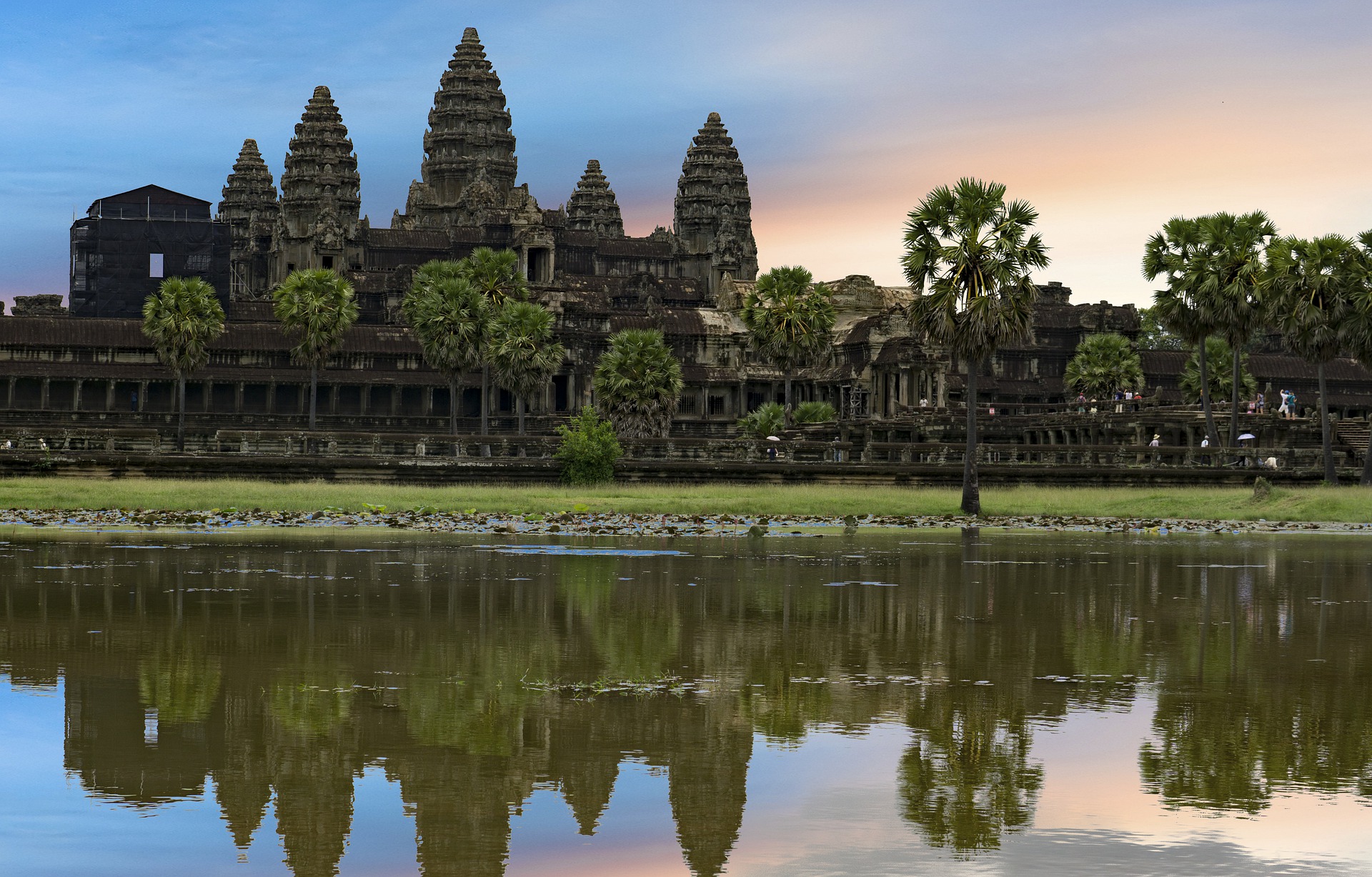Balancing Ecosystem Tradeoffs on The Mekong River
The heart of our research is focused around the Mekong River and Tonle Sap ecosystem, which delivers goods and services to nearly three million people living in or around the lake. Everything from drinking water to fish and other food and protection from storms. However, development along the Mekong, in the 3-S river system, and Tonle Sap basin is threatening the sustained production and delivery of these services, especially to the rural poor who depend on them most. Our aim is to understand and evaluate the costs and benefits of development and to support sustainable decision-making in the region and Cambodia as a whole. Understanding which decisions ensure livelihood and wellbeing opportunities are protected for Cambodians now and into the future is crucial to our models.Understanding Ecosystem Impact Factors
For Cambodians living in and around Lake Tonle Sap a variety of natural resources are necessary to secure food, engage in the market economy, and to fulfill cultural and spiritual needs; researchers often refer to these features as ecosystem services. Fish are a critical ecosystem service in Cambodia supporting food security and people’s nutritional needs. The Mekong River and Lake Tonle Sap support one of the largest inland fisheries in the world. Rice also contributes to food security and provides an important market commodity for this developing nation.
Biodiversity is also an ecosystem service in Cambodia as diversity in the aquatic system is high. The country is also home to many of Southeast Asia’s most threatened species.
Like many of the world’s developing nations, Cambodia is seeking ways to grow the economy, improve living standards, and secure a high quality of life for its citizens. Yet, specific development strategies must be evaluated to consider their system-wide effects.
Hydroelectric Dam construction throughout the Lower Mekong Basin will increase the electricity capacity for people in some Southeast Asian countries, however they may restrict migration routes for many Tonle Sap fish. Changes in the Lake’s hydrological cycle will also result in diminished habitat for fish and other aquatic species.
Increasing Rice Production Efforts to increase GPD and grow the export market for Cambodia have resulted in the implementation of policies to increase rice production in the country. Elements of the strategy include the expansion of rice growing areas and planting high yield rice varieties that often require additional inputs like fertilizers and pesticides. This agricultural shift will likely effect natural plants and animals (including fish) in the Lake.
Agricultural inputs may also increase the probability of eutrophication in the Lake.
Building a Model of Complex Interactions
Our research team is developing a model to better understand the ecosystem service tradeoffs associated with different development strategies in Tonle Sap Lake. We work with a variety of subject experts to understand the Lake’s human communities, hydrology, biodiversity, and ecological function.
To see our current progress on developing our model, visit MIMES here.
Visualizing the Data and Building a Decision Support Interface
Much of our work on MIDAS builds on other projects we’ve done. This will be version 3.0 release of MIDAS when this project is complete.
To see our current progress on our model visualization too, visit MIDAS Cambodia here.
Project Sponsors
This project is made possible through funding from the MacArthur Foundation, Boston University, Conservation International, and the Natural Science and Engineering Research Council of Canada. Extended team members include leading researchers at Battambang University, Cambodia Inland Fisheries Research and Development Institute, the University of Guelf, the University of Santa Barbara California, and the University of Washington.

